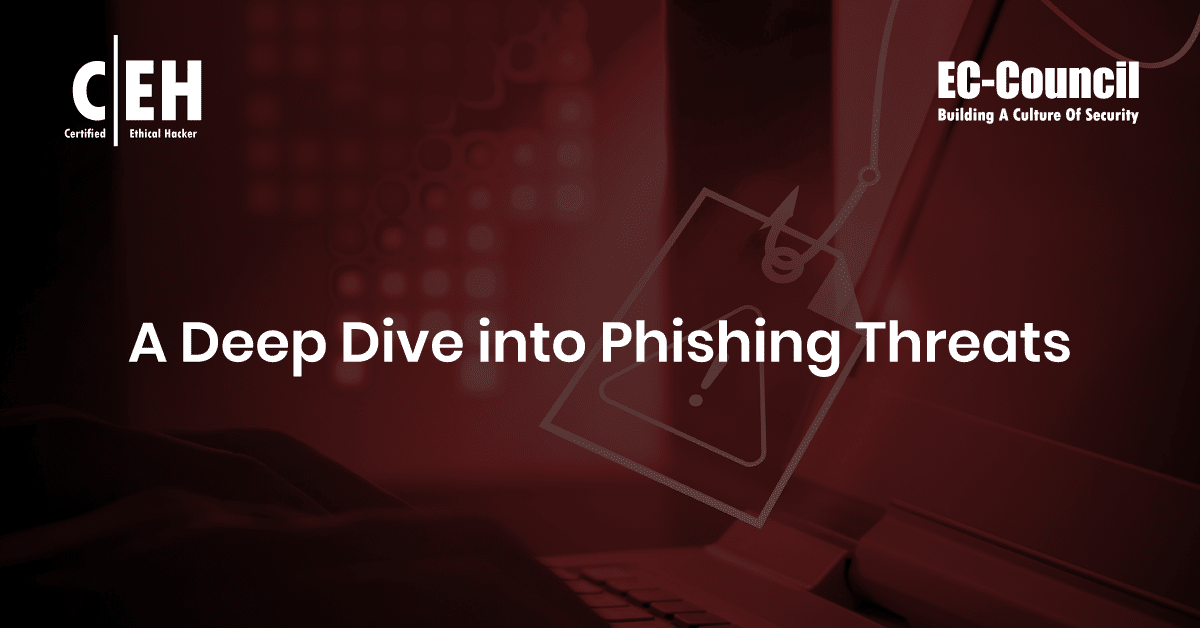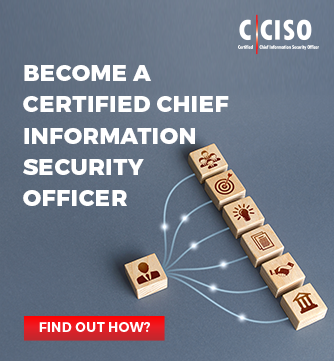KPIs for a Chief Information Security Officer (CISO)
March 9, 2023
| Ryan Clancy |
Executive Management
A Chief Information Security Officer (CISO) must track key performance indicators (KPIs) to ensure the organization’s cybersecurity posture is effective. KPIs are important to a CISO because they provide a way to measure progress and identify areas of improvement. By tracking KPIs, a CISO can ensure they’re constantly improving their organization’s security posture. Additionally, KPIs can help a CISO identify trends and data patterns that may indicate an impending security incident. Without KPIs, a CISO cannot determine whether a security program is performing the way it should.
Here we will discuss what a CISO does and the most important KPIs they track.
What Is a CISO?
A CISO, who serves at the top of the security hierarchy, is responsible for creating and putting security policies and plans that secure an organization’s information assets. The CISO works with senior executives to understand the organization’s business goals and objectives and develop security policies and procedures that align with those goals. They are also responsible for ensuring that the organization’s information assets are protected from unauthorized access, use, disclosure, or destruction (Cortiss, 2022). In today’s world, a CISO is an essential member of every organization that conducts business online or uses computers as databases. Cybercrimes occur almost daily, and new security issues and hacking techniques are constantly developing.Key Roles and KPIs for CISOs
Here are some of the most important key roles that all CISOs must fulfill. End-to-End IT Security Operations End-to-end IT security operation is an essential role and KPI for CISOs. These operations cover all aspects of an organization’s IT security, from initial assessment and design through implementation and ongoing monitoring. CISOs must understand end-to-end security operations thoroughly to protect their organizations’ data effectively. Organizations today face numerous threats to their data, both internal and external. CISOs must be able to identify and assess these threats and implement controls to mitigate them. They must also devise a plan to respond to incidents should they occur. Stakeholder Onboarding This process should start with identifying and selecting individuals to be involved in the security program and then orienting them to their roles and responsibilities. The goal is to ensure everyone understands their part in keeping the organization safe and secure. The CISO must carefully select the right mix of stakeholders, as they will play a vital role in shaping the security program. They should be chosen based on their ability to influence others, knowledge of the organization, and commitment to its safety. Once selected, it’s important to orient them to their new roles and explain their expectations. Compliance CISOs are critical in ensuring compliance with data security and privacy regulations. They’re responsible for developing, implementing, and maintaining organizational policies and procedures related to data security and privacy. They also work closely with other members of the organization’s senior management team to ensure that data security and privacy concerns are considered in all decision-making processes. In recent years, compliance as a key performance indicator (KPI) for CISOs has been under scrutiny due to the growing number of data breaches and privacy violations, despite organizations’ best efforts to protect their data. Managing Responses to Cybersecurity Incidents An incident response plan is a critical part of a CISO’s toolkit. There are a few key components of an effective incident response plan:- Identification of what constitutes an incident
- A process for reporting incidents
- Investigation and containment procedures
- Recovery plans
- Communication plans









